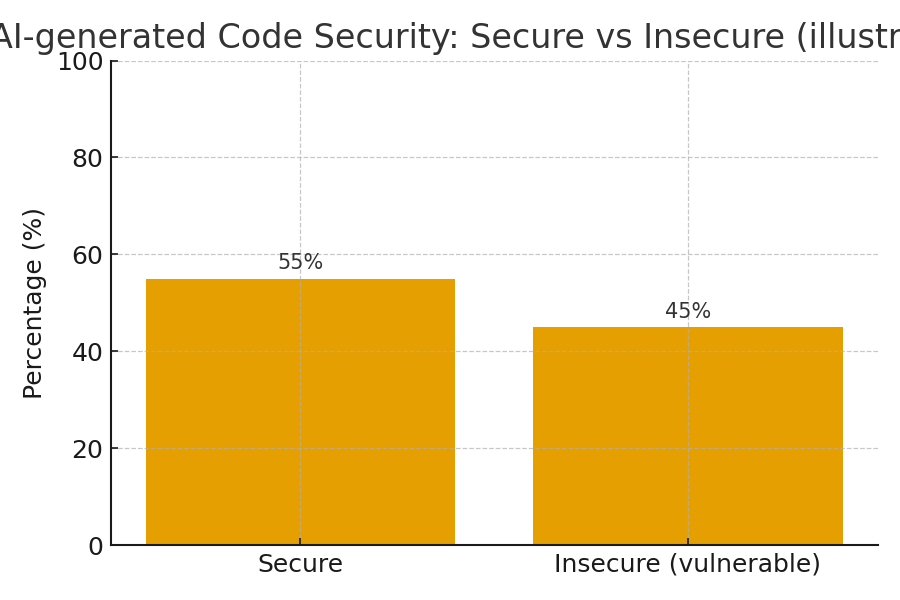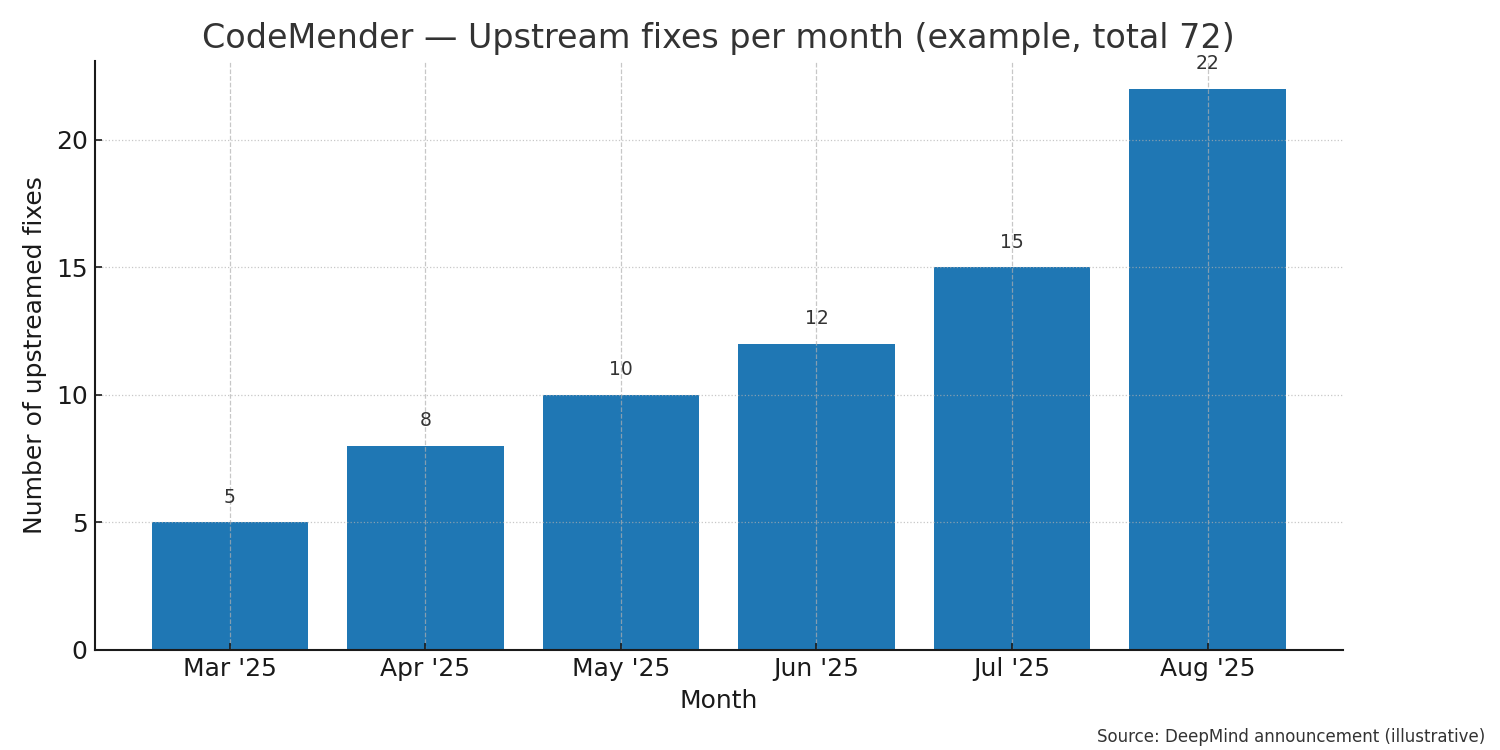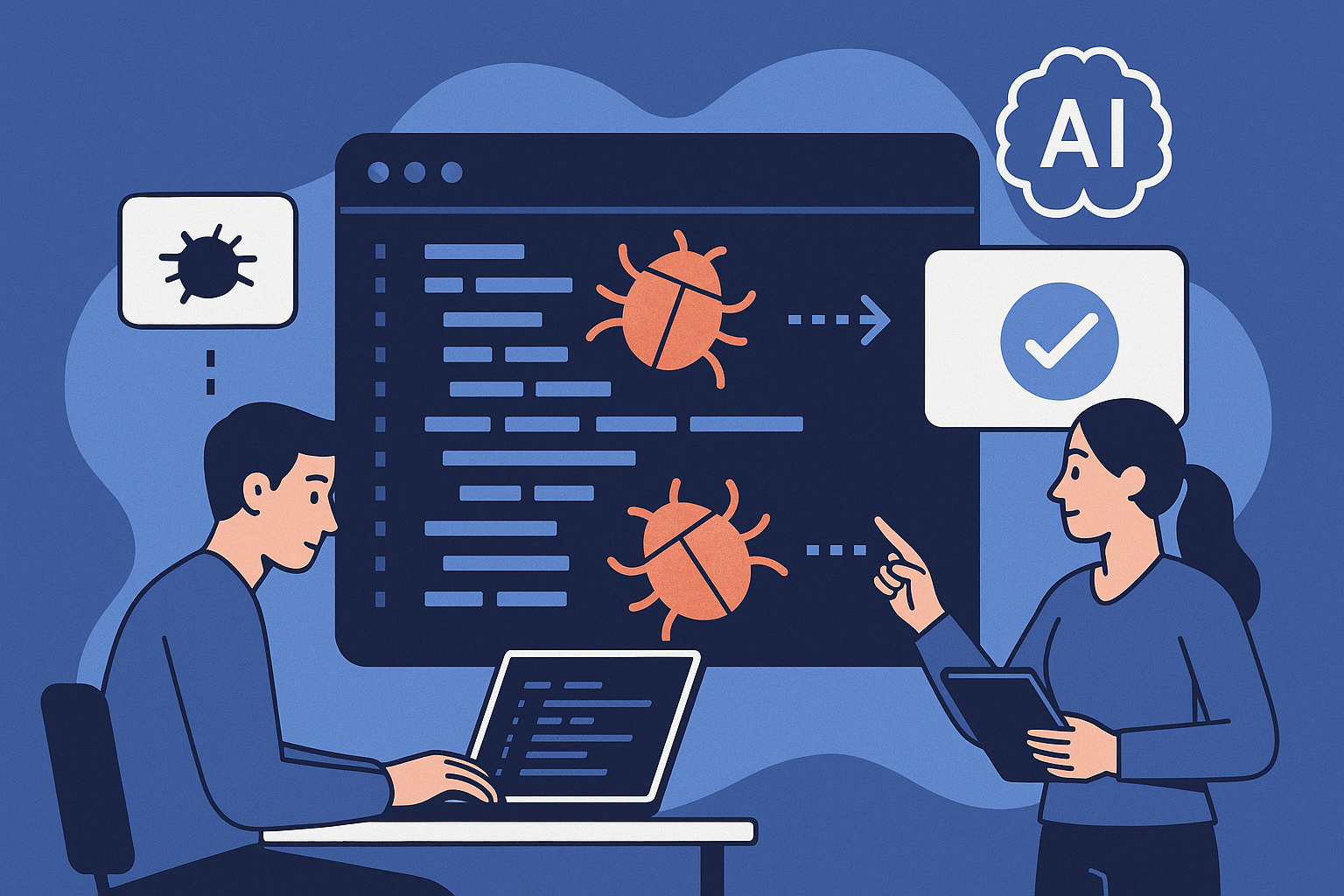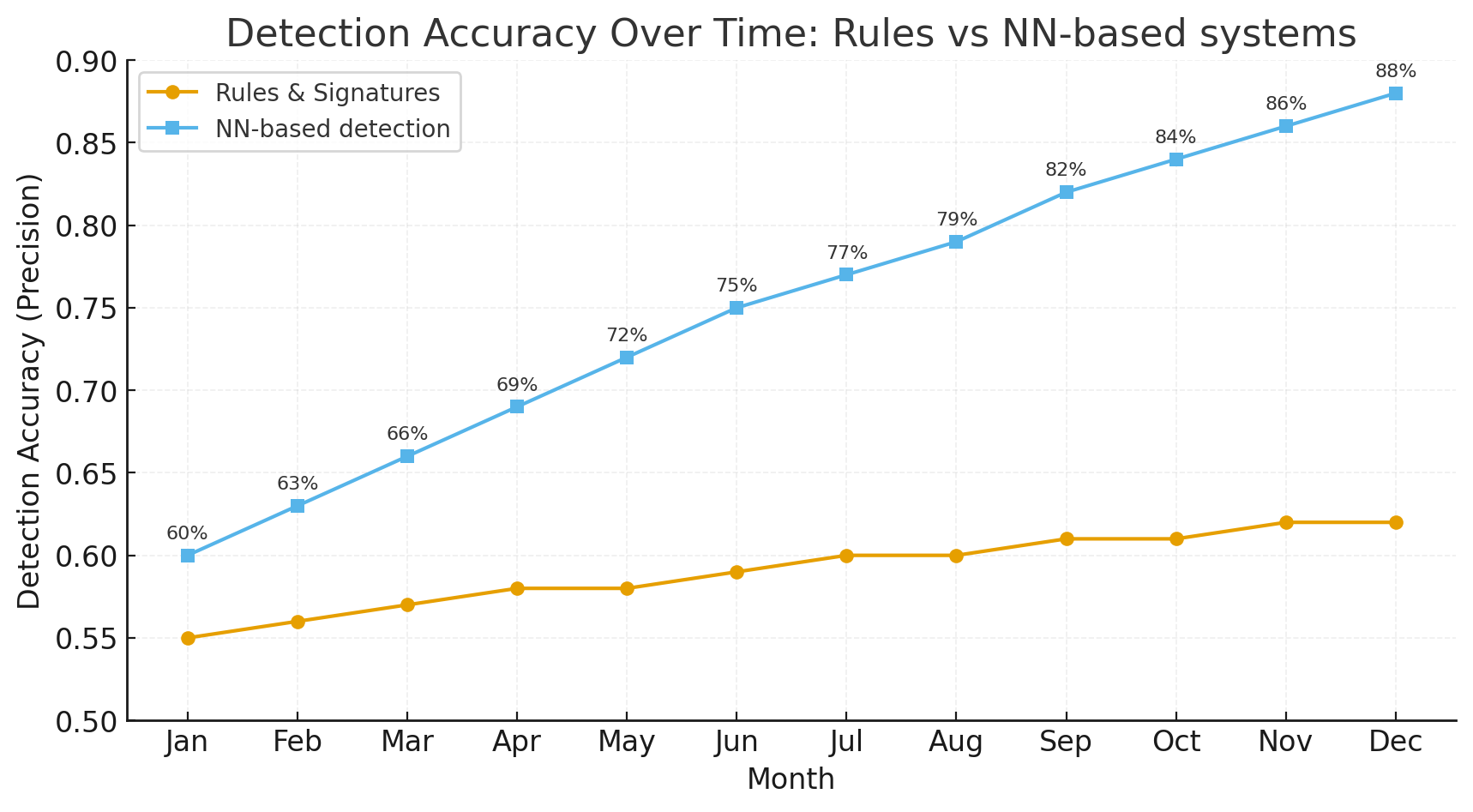The rise of AI-powered browsers has introduced a new frontier in web security—one where traditional defenses fall short and attackers have found innovative ways to exploit artificial intelligence itself. Recent research has uncovered critical vulnerabilities in agentic AI browsers, particularly Perplexity’s Comet browser, revealing how malicious actors can manipulate these tools through sophisticated prompt injection techniques.
Read More







